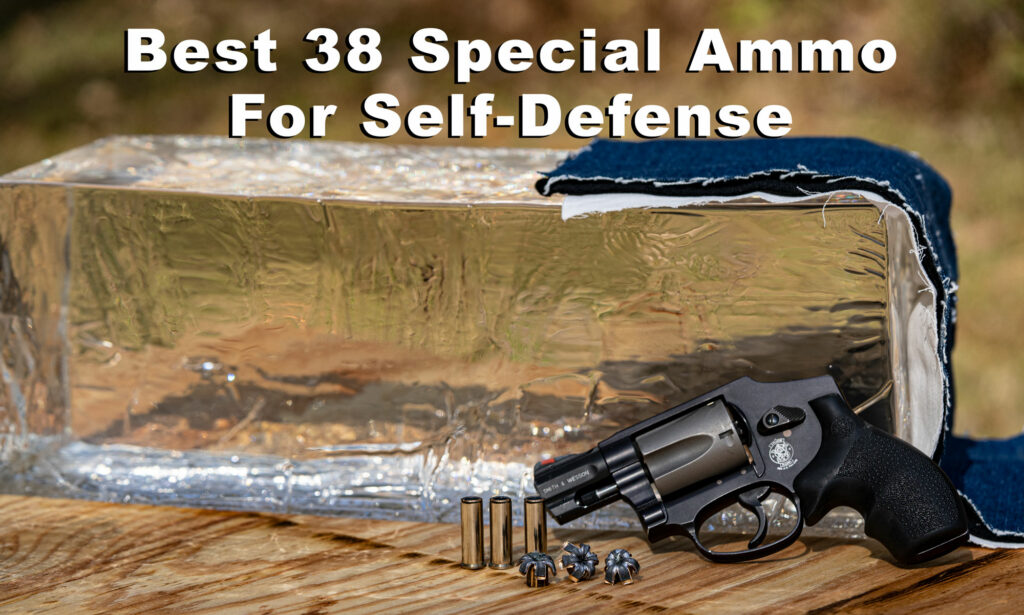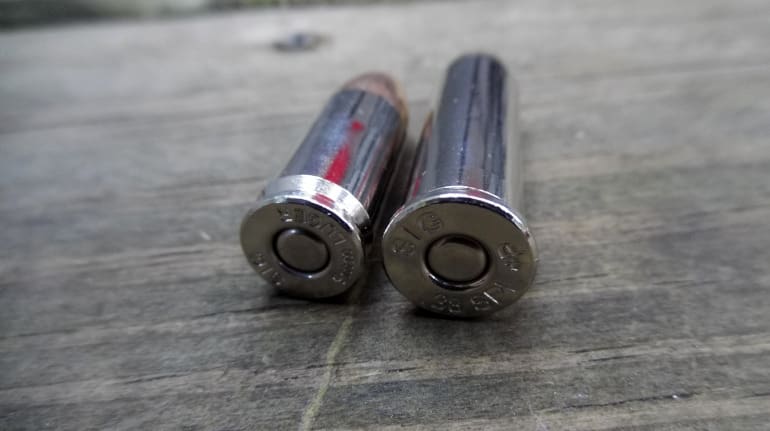
Revolvers are usually limited to a cylinder capacity of five or six rounds, whereas 9mm pistols typically hold anywhere from 7 to more than 20 rounds, depending on the firearm and the magazine. 38 special to semi-auto pistols in 9mm, the 9mm will frequently offer a greater ammo capacity. Moreover, better recoil management can lead to improved shot placement and more accurate follow-up shots, both of which are essential in self-defense and target shooting applications. The lower recoil makes it a much better option for new shooters or those with weaker hand strength since it is less likely to induce flinching or cause poor shooting habits. 38 special is considered easier to manage, especially when used in revolvers that have larger, heavier frames with greater inertia. 38 special and the 9mm is the recoil felt by the shooter.

When we came back from the show we set down and went part by part on our gun and by still using the same quality of parts we came up with ways to reduce cost on every part, but still build a TANK Of a Gun….One of the very significant differences between the. That Is a Huge Amount of Savings on LABOR that allows us to pass those SAVINGS down to the consumer’s level, which for the First Time Ever has allowed us to have a new Bond Arms Hand Cannon available for under $300!Īfter this past NRA show we saw that most of the higher volume sales of handguns were in the $300 to $350 and below range. This may not sound like much, but in comparison we can build 4 to 5 RoughNeck’s in the same time as it takes to build ONE Texas Defender. Also, since we are not sanding and polishing the frame, you may see tiny casting imperfections and rough areas that would never be acceptable for our current line of products. As a final touch we left in some of the swirly tool marks on the barrel just to give it that more ROUGH & TUMBLE Look. With this gun, part of the COOL FACTOR is that you can actually see the parting lines in the metal frame and trigger guard.

With the RoughNeck and Rough N Rowdy series, we do minimal clean up and deburr to make sure there are no sharp edges and then we bead blast the finish. On occasion the same gun may go through that same process 3 to 4 times until it passes QC. This means the guns are sent back to be fixed, which in most cases, involve totally disassembling the gun to re-polish or fix any flaw that they may find. Once the guns are shot and all functions work as they should, our QC guys then go to extreme measures to find every cosmetic flaw, scratch, ding, or pit or anything else that didn’t pass our inspection. Quality Control (QC) on our current guns nearly borders on excessive. To give you an idea of our current process for manufacturing our current guns, we literally sand every part, then we spend a tremendous amount of time Polishing and hand finishing all these same parts to the Quality Finish that Bond Arms has always been known for. People have asked, are you using die cast or pot metals? The answer is NO!! They are all the same grade of stainless steel like our current production models. We have taken that process and trimmed it down to create a gun that still has the robust qualities of our pre-existing models without all of the frills. To get to that level of aesthetic quality it takes a lot of time.

Bond Arms has been well known for having a premium fit and finish to every gun we make.


 0 kommentar(er)
0 kommentar(er)
